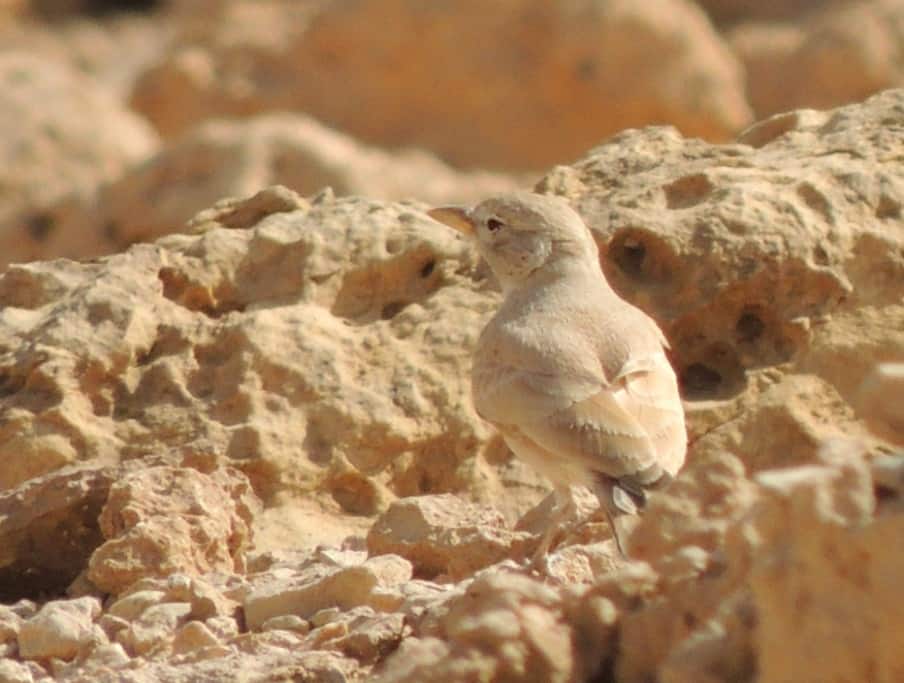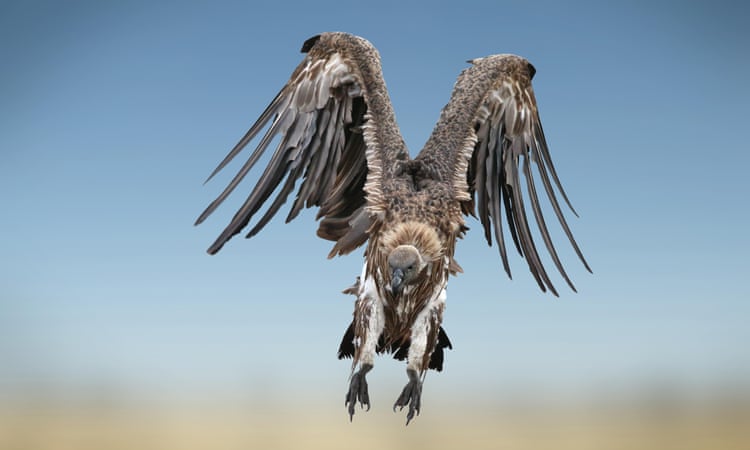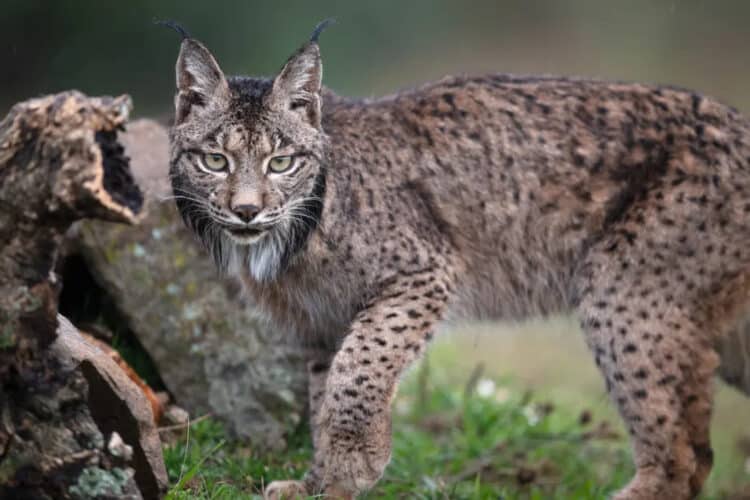On Thursday, after visiting the Kararah lake area, our birding party doubled back away towards Riyadh on the Mecca road before turning off north west. This was on route 505 according to the map but route 902 according to the road sign.
This is an occupational hazard in Saudi Arabia, road sign numbers and map numbers often don’t agree.
The aim was to use a road (route 505) on the plain which ran parallel with the Tuwaiq escarpment and to come off this road from time to time to visit the foothills of the escarpment.
In the back of my mind was the possibility that we might finally see two of my nemesis birds – Egyptian vulture and hooded wheatear. Both have been reported as rare around the escarpment but not reported at all in other parts of central Saudi Arabia.
Egyptian vulture is relatively common in the west and hooded wheatear in the far north west of the country but both are very rare near Riyadh.
We chose to come off the main road and head to the escarpment at Dhurma and we found an excellent side road to do so.
100 metres before the slope we had to get out and walk down a shallow wadi because the road came to an end.
It didn’t look that promising at first, only desert lark and white crowned wheatear to see.
We noticed three dead camels which in retrospective were a clue to what happened later. At the time I didn’t think it was anything special because the whole frontage of the escarpment on the plain was scattered with camel herds and presumably the occasional carcass.

We stopped, watched and listened once we were close to the slopes. We could hear and see white spectacled bulbul (a.k.a yellow vented bulbul) and then we noticed a wave or two of birds of prey flying in various directions above the escarpment. The time was about 11 am and the air had warmed up making flying easier for these types of bird.
We were given an aerial display by four or five steppe eagle. A fan tailed raven also made an appearance.
However, I spotted a single unknown bird which returned a few minutes later as part of a group of three.
Almost unbelievably they were all griffon vulture. We came in search of Egyptian vulture and in return we saw the much less likely griffon vulture. Unfortunately, the pictures are poor as they flew high and fast but have nevertheless been verified by an expert.

Griffon vulture hold wide territories but we also can’t rule out that they were all wintering birds. The map in the Helms guide for the Middle East does show them reaching the western side of the Tuwaiq escarpment in places as the eastern limit of their residential range. However, what I also know is they have been very rarely recorded around Riyadh.
I am pretty sure the dead carcasses seen and presumably others in the plain next to the escarpment are important factors in why we found the vultures.

The rest of the day was an anti-climax. We drove on into more desolate areas but with little reward.
It had been a speculative day that is to say one where we drive into new areas with no known previous birding and so not knowing what to expect. It turned out to be worth the eight hours of relatively low key activity for the 15 minutes of great excitement.
On the way back and near sunset we stopped off on the top of the escarpment at the place known as “the edge of the world” A lone steppe eagle was perched on a pylon to greet us.
A list of Thursday’s birds has been compiled by Lou Regensmorter:
Eurasian Griffon Vulture (new to my Saudi list and species number 261) Crested lark teppe Eagle Desert Lark Common Kestrel Pale Crag Martin Laughing Dove Scrub Warbler Eurasian Collared Dove Asian Desert Warbler Namaqua Dove Desert Wheatear Pallid Swift Eastern Mourning Wheatear Hoopoe White-crowned Wheatear Little Green Bee-eater Blackstart Brown-necked Raven House Sparrow Fan-tailed Raven Spanish Sparrow White-spectacled Bulbul Tawny Pipit Greater Hoopoe Lark White Wagtail
Robert Tovey
Dr Rob Tovey is a scientist by training and more recently an English teacher. His profession allows him to travel to some of the more difficult-to-get-to places and stay there for years if his inclination takes him. He is a keen bird watcher, blogger and amateur photographer. He has worked in Azerbaijan and Libya and is currently in Saudi Arabia. Rob also has a base in Bulgaria so overall is becoming a bit of birding specialist in very general terms where East meets West.








![More than 150 endangered vultures poisoned in South Africa, Botswana A Cape vulture flies low at the Vulpro Vulture Rehabilitation Centre in Hartebeepoort Dam in the Magalisburg region of South Africa in 2015 [Mujahid Safodien/AFP] (AFP)](https://focusingonwildlife.com/news/wp-content/uploads/000_Par8276044-750x563.jpg)



Leave a Reply